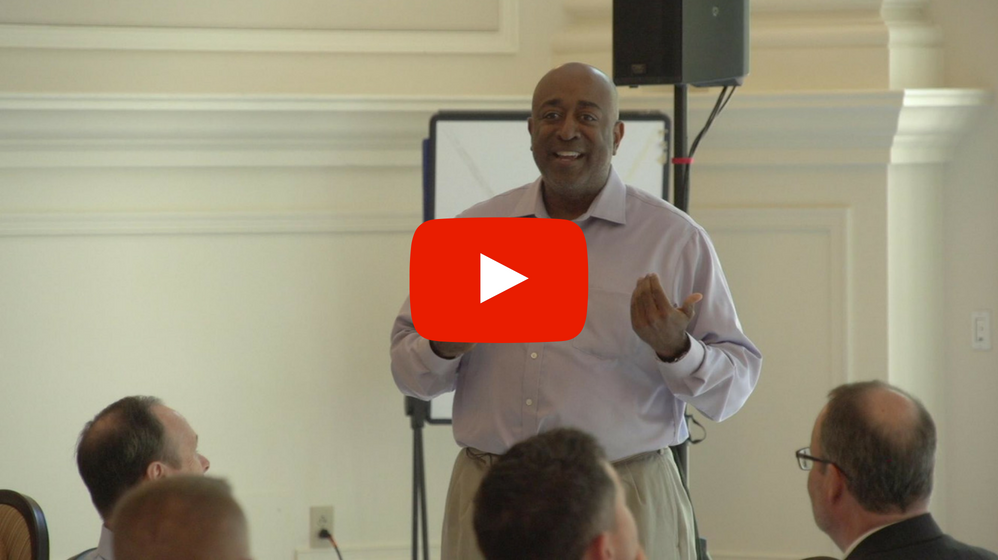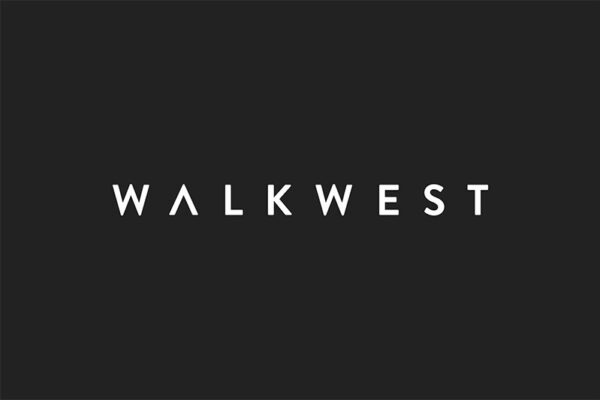
I was honored to be asked to speak to about 120 marketers recently at North Carolina State University because it was an opportunity for me to give back by sharing my life experience as an African-American entrepreneur and loan my lens on diversity. Before outlining the keynote speech for the 2018 StateComm Summer Institute, I took the time to talk to about thirty different folks in academia, corporations and startups about communication in a diverse world. At Walk West, I held a couple of roundtables to prepare because I wanted to hear from a lot of different people to ensure I had a pulse on the thinking and proper perspectives. For the purposes of this blog, I narrowed down the discussion to four points.
Understanding Diversity & Inclusion
Often, we only refer to the very surface layer of diversity (ethnicity, gender, sexual orientation), but it’s much deeper than that. A person’s background, age, (dis)ability, education, and many other factors affect how we see the world. When we think about all of our different layers as individuals, we get better as marketers simply by being more thoughtful. And by being more thoughtful, we will then naturally integrate this thinking into everything we do. One of my favorite quotes is, “Diversity is being invited to the party, and inclusion is being asked to dance.” Everyone wants to feel like they’re able to participate. When I talk to some of the young folks on our team, for example, I get great ideas because we have a ‘best idea wins’ culture.
Growing Workplace Diversity
Walk West started as two person shop when Brian Onorio and I worked together and decided we were going to invest together and grow something. As we grew, at about ten employees, it didn’t look as diverse as it does now. But the cool thing was that we went for a cup of coffee and decided that if we didn’t think differently then, it’s harder to adjust the larger we become. We didn’t change the standard of what we were looking for, we changed our intent. We started to use our network a little bit more to broaden who we were talking to in each position, and then we certainly had a competitive environment because our clients want results. Over the course of the next few years, we made a diverse workforce a priority, and we created an environment where the best and brightest of all shades of the spectrum want to work.
Delivering Impactful Messaging to Diverse Audiences
As marketers, the question is asked, ‘How do you think it’s different than who you are?’ The answer is by expanding the number of people you talked to before you deliver any content. Find people who willing to help and support your next press release, video, or campaign so that you can simply broaden the review group. As leaders we sometimes have to learn to be quiet and learn to lead by asking questions so that we get the best perspective before making a decision on what we’re going to put out. One of the things that I was able to figure out at a very early age is to focus on the commonalities, not the differences. And that helped me as a person but also as a marketer because a lot of times when we’re talking about diversity and inclusion, we naturally mentally go to the differences. However, the stream for your message should be the things that unite us because that’s a foundation for us to drive excellence forward faster.
Surviving Missteps
As we have seen with Starbucks or ABC/Roseanne Barr recently, inevitably you will have to manage a communication issue. The first step in mitigating an issue is to prepare in advance. Your public relations team should be ready to respond and realign the message with organizational values. When mistakes occur, authentic apologies and actionable next steps are well received. Internally, our environments are so different that sometimes we need a little space to coach each other in a meaningful way in our daily communication. We’ll look at our writing a little bit differently, we’ll look at the viewpoint of our video production a little bit differently, and we’ll look at our marketing campaigns a little bit different because we’re having those mini dialogues everyday with each other and learning from each other.
Our society is consumed by our differences, whether political, ethnic, gender, and so on. My goal as a leader is to be a voice that amplifies the things that bind us together and create safe space for real discussions on complex or sensitive subjects.

